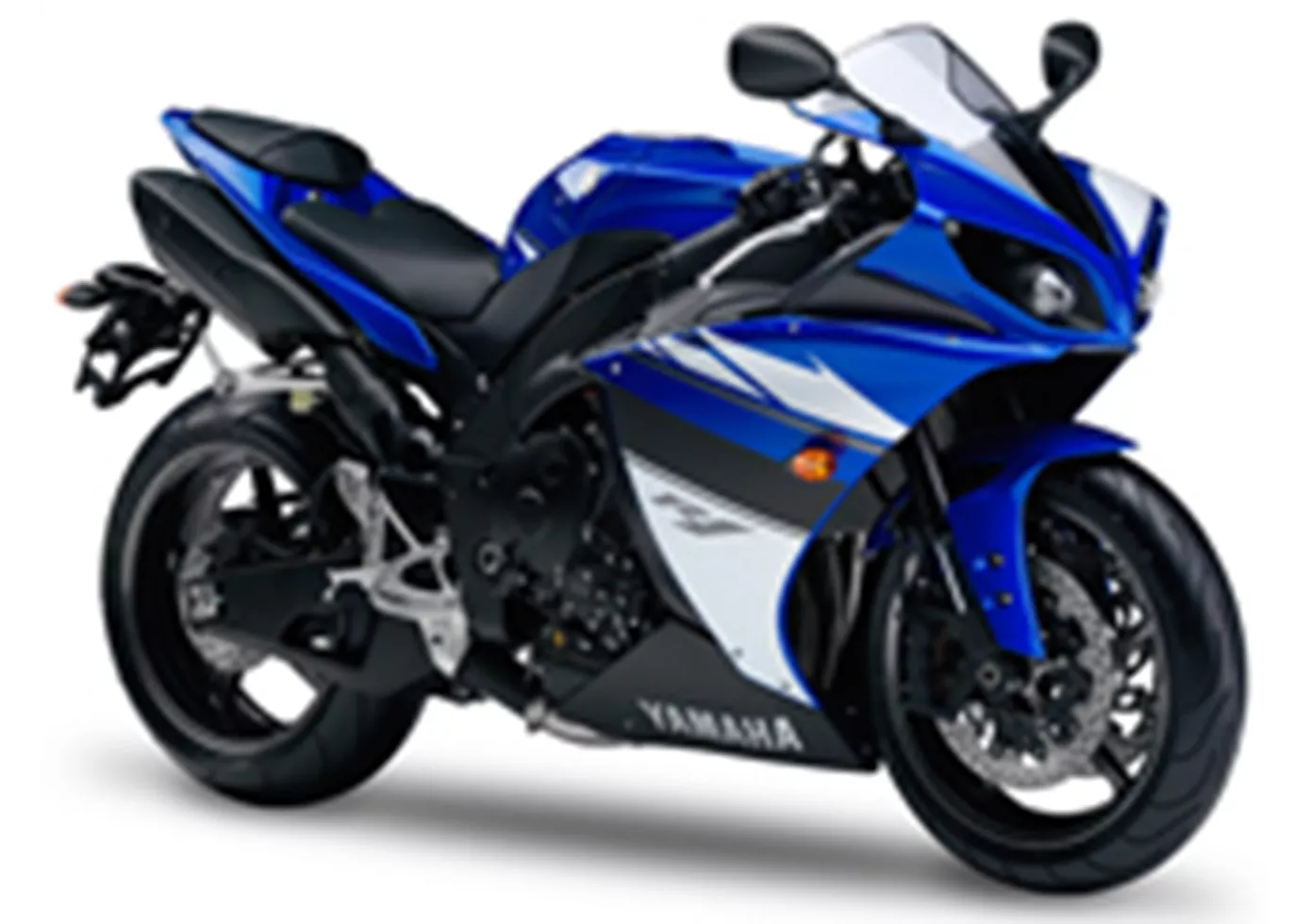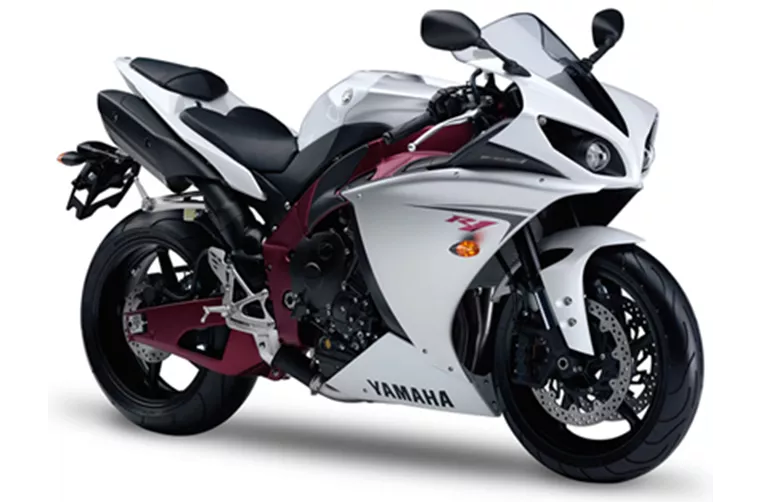BMW S 1000 RR 2016 vs. Yamaha R1 2009

BMW S 1000 RR 2016

Yamaha R1 2009
Vue d’ensemble - BMW S 1000 RR 2016 vs Yamaha R1 2009
The BMW S 1000 RR 2016 and the Yamaha R1 2009 are both supersport motorcycles that offer impressive performance and advanced features. However, there are some notable differences between the two models.
In terms of engine specifications, the BMW S 1000 RR 2016 is equipped with an in-line, four-cylinder engine with a displacement of 999cc. It delivers a powerful 199 HP and 113 Nm of torque. The engine has a bore of 80 mm and a stroke of 49.7 mm, with a compression ratio of 13. This engine provides exceptional power and acceleration, making it suitable for high-speed riding.
On the other hand, the Yamaha R1 2009 also features an in-line, four-cylinder engine with a displacement of 998cc. It produces 182 HP and 115.5 Nm of torque. The engine has a bore of 78 mm and a stroke of 52.2 mm, with a compression ratio of 12.7. While the Yamaha R1's engine is slightly less powerful compared to the BMW S 1000 RR, it still offers impressive performance and a thrilling power delivery.

BMW S 1000 RR 2016
Both motorcycles feature telescopic fork front suspension and swing arm rear suspension, ensuring a smooth and controlled ride. The chassis of both models is made of aluminum, providing a lightweight yet sturdy construction. However, the BMW S 1000 RR has a twin tube frame, while the Yamaha R1 has a Deltabox frame. These frame designs contribute to the overall handling and stability of the motorcycles.
When it comes to braking, both the BMW S 1000 RR and the Yamaha R1 are equipped with double disk brakes at the front. This ensures powerful and reliable braking performance, allowing riders to confidently navigate corners and stop quickly when needed.
In terms of dimensions and weights, the BMW S 1000 RR has a wheelbase of 1425 mm and a seat height of 815 mm. It has a fuel tank capacity of 17.5 liters. On the other hand, the Yamaha R1 has a slightly shorter wheelbase of 1415 mm and a higher seat height of 835 mm. It has a slightly larger fuel tank capacity of 18 liters.

Yamaha R1 2009
In terms of strengths, the BMW S 1000 RR 2016 is praised for its very powerful engine, comfortable seating position, and excellent shift assistant. On the other hand, the Yamaha R1 2009 is known for its sophisticated sound, good feeling for power delivery, easy handling, hydraulic spring preload, and high level of workmanship.
However, the BMW S 1000 RR does have a weakness in that it can feel somewhat sluggish in curves. On the other hand, the Yamaha R1 has a suboptimal seating position and can be somewhat difficult to corner over long distances.
In conclusion, both the BMW S 1000 RR 2016 and the Yamaha R1 2009 are impressive supersport motorcycles with their own unique strengths and weaknesses. The BMW offers a more powerful engine and a comfortable seating position, while the Yamaha provides a sophisticated sound and easy handling. Ultimately, the choice between the two models will depend on the rider's preferences and priorities.
Caractéristiques techniques BMW S 1000 RR 2016 par rapport à Yamaha R1 2009
Avantages et inconvénients en comparaison
Avantages et inconvénients en comparaison
BMW S 1000 RR 2016

La S 1000 RR est le talent universel parmi les superbikes - on s'assoit dessus et on se sent tout de suite à l'aise. Même si, en comparaison, elle semble un peu nerveuse en termes de châssis et de stabilité. Mais elle transforme cela en une maniabilité agréable et facile et impressionne par son énorme puissance moteur. La roue avant devient en effet particulièrement légère et doit être calmée par l'amortisseur de direction. L'assistant de changement de vitesse pour monter et descendre les rapports est une fonction incroyablement sportive et confortable - elle apporte du calme au châssis et permet de se concentrer pleinement sur la conduite.
Yamaha R1 2009

Bien entendu, le nouveau moteur R1 a également subi tous les tests de résistance rigoureux de Yamaha et est livré avec les mêmes garanties que les autres motos Yamaha. En effet, jusqu'à présent, ce sont précisément les thèmes de la durabilité et de la fiabilité qui empêchaient la production en série d'un tel moteur.
Comparaison des prix Prix moyen du marché BMW S 1000 RR vs Yamaha R1
There are a few key differences between a BMW S 1000 RR 2016 and a Yamaha R1 2009. There are the same number of bikes of both models available on the 1000PS.de marketplace, specifically 7. It takes less time to sell a Yamaha R1 with 45 days compared to 69 days for the BMW S 1000 RR. Since model year 2010 1000PS.de editors have written 135 reviews for the BMW S 1000 RR and 80 reviews for the Yamaha R1 since model year 2005. The first review for the BMW S 1000 RR was published on 4/16/2008 and now has more than 4,000 views. This compares to more than 3,900 views for the first review on Yamaha R1 published on 4/28/2003.




















